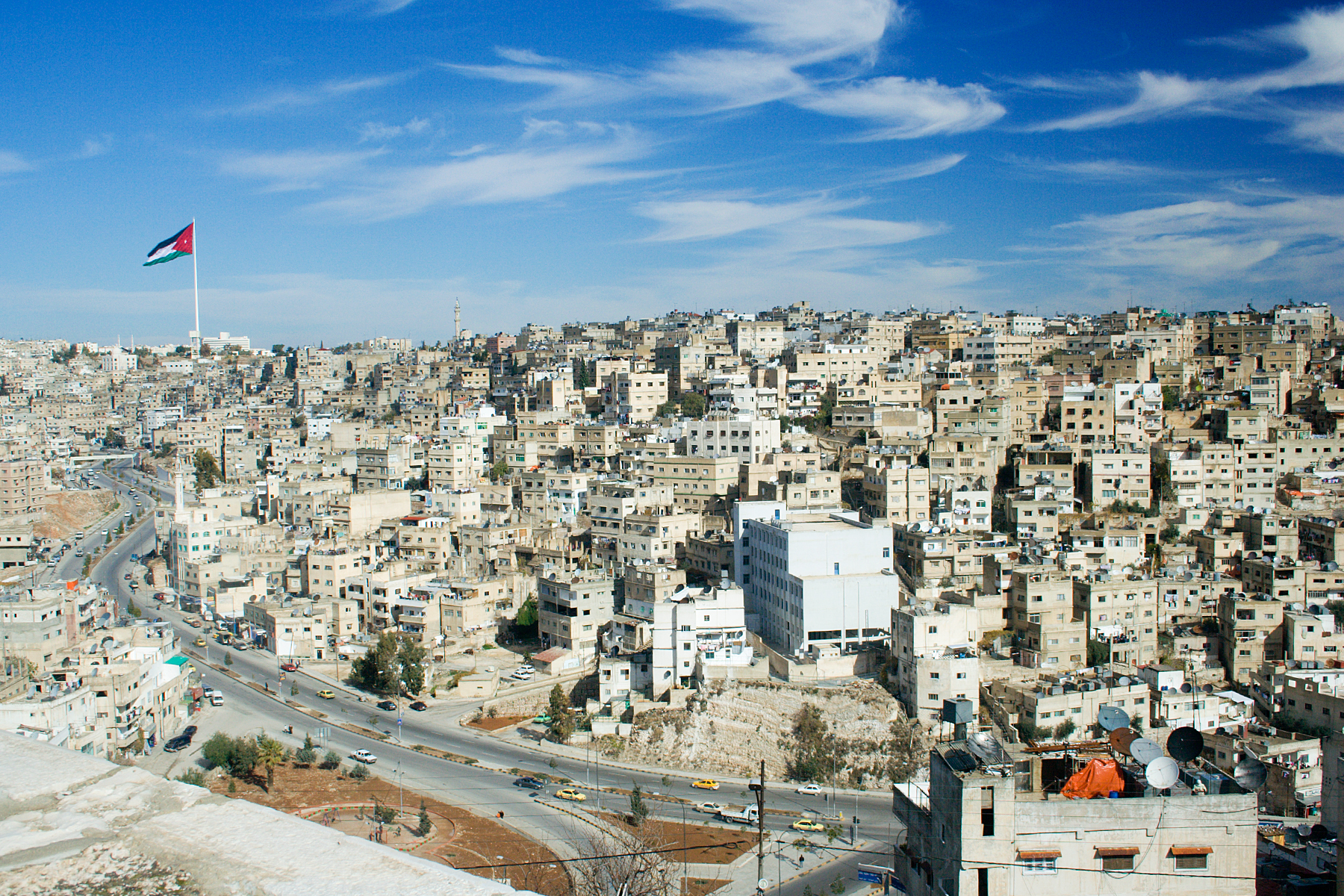From Debt to Unrest: The Road to Genuine Participatory Governance in Jordan?

Jordan’s Prime Minister, Hani al-Mulki, stepped down from his post on June 4 in a move intended to diffuse anger at economic policies that led to the most massive protests in years.
Spearheaded by the syndicates, a cross-section of Jordanians representing a multi-generational mix of middle and working classes went to the streets for seven days. The people of Jordan demanded the dismissal of the PM and proposed price hikes of basic goods, including a 5.5 percent spike in fuel prices; the fifth in 2018, a 19 percent surge in electricity prices, representing a 55 percent increase since February; and an expanded income tax. Jordan’s national debt has reached $40 billion (95 percent of GDP) with the government having to repay $1.2 billion in interest per year. Jordan’s national debt has reached $40 billion, 95 percent of GDP, with the government having to repay $1.2 billion in interest per year.
The country is further strained by the significant influx of Syrian refugees, the majority of which live in host communities, which has exacerbated beleaguered economic and infrastructural resources.
The economy’s enduring dependency on aid, one that effectively underwrites the social contract, comes hand in hand with overspending. Jordan’s debt is the result of successive expansionist fiscal policy—job creation in the public sector and ballooning subsidies in particular—leading to heavy borrowing. A third of the labor force is employed by the government, including the tribal communities that constitute the king’s base. The country, like many of its neighbors, suffers from mismanagement, cronyism and, indeed, the common model of state patronage, which relies on “wasta” and benefits the elite. In a climate of reduced foreign aid, Jordan’s leadership turned to domestic solutions to raise revenues and reduce debt— price hikes on basic commodities and domestic income tax reform. Cutting military spending or downsizing the public sector, which depletes much of the state budget, are red lines for the government, especially with ongoing security threats facing the country.
What Does This Mean for the Average Jordanian?
A recent Economist article ranked Amman as the most expensive city in the Middle East after Tel Aviv and 28th most expensive in the world. Official unemployment is at an all-time high at 18 percent. Seventy percent of Jordan’s population is under 30 and a third of these youth are unemployed. Refuges strain the economy as Jordan is home to around a million and a half Syrian and Iraqi refugees and two million Palestinians reside in refugee camps.
The new price hikes and tax measures were intended mainly to reinforce existing taxation, as most Jordanians are under the minimum threshold of JD 1000-1500 and therefore exempt from being taxed under the new bill. Around 15 percent of Jordanians live below the poverty line—JD 100 or USD 140 per month. However, a 16 percent sales tax increase and augmentation in the price of fuel plus the doubling of electricity bills have had a significant effect on the populace. Moreover, government subsidies on 164 items were removed, including, most symbolically bread.
What Was Gained from the Protests?
In 2011, fearing the spread of Arab Spring uprisings to monarchies in the Gulf, the Gulf Cooperation Council (GCC) made a strategic decision to come to the rescue of Jordan and Morocco with a 5-year agreement worth over $5 billion each. GCC assistance enabled the expansion of public sector employment and price subsidies, keeping the populace happy. This agreement was not renewed in 2017.
In some ways, the protests were a stroke of luck for the Jordanian government as the Saudi Kingdom came, once again, to Jordan’s aid. A regional summit hosted in Mecca on June 10th by Saudi Arabia with Kuwait and the UAE led to $2.5 billion economic aid commitments to Jordan.
The demonstrations have led to the formation of a new cabinet, headed by reformer Omar Razzaz and balanced in composition between reformers and old guard, cancellation of the tax plan, and flexibility from the IMF on debt repayment and planned structural reforms. Other economic changes remain in place.
Was the Stability of Jordan in Question?
IRI polling has shown that citizen discontent in Jordan has been rising over the last two years. The latest protests were a manifestation of dissent against the Mulki government— viewed to be increasingly unresponsive to the everyday struggles of the people. Protestors which pressed on after the appointment of the new PM began to use the language of rights and justice in their demands. Their success in bringing down the government will not only influence how Jordanians relate to the government in the future but also how the government relates to Jordanians, making the government potentially more responsive.
But what is next for the citizens? Many who took to the streets are skeptical that Gulf aid will solve unemployment, bring about social justice or combat corruption— the essence of protestors’ demands. Omar Razzaz has a tough road ahead in trying to weigh the needs of the population with the overall economic situation in the country. Additionally, Jordanians will want a greater say in how reforms are implemented.
It’s time for Jordan’s leadership to think about genuine, broad-based prosperity and effective governance, beyond just security and survival. Essentially, if citizens do not trust their institutions, they will lose trust in the democratic processes. Democratic decentralization in Jordan offers such an opportunity for citizen empowerment, and for improving the accountability and responsiveness of local leaders and the effectiveness of service delivery. Ultimately the combination of citizen empowerment, resource mobilization and service provision will also contribute to poverty reduction.
Top